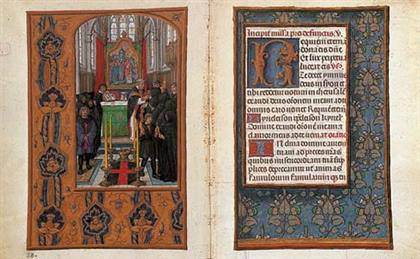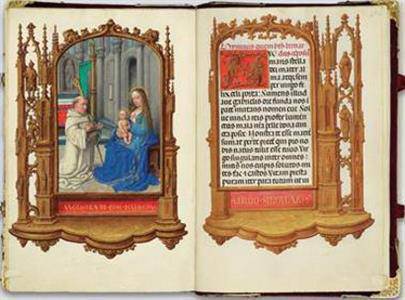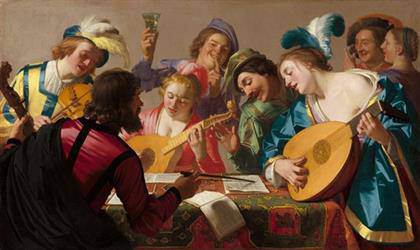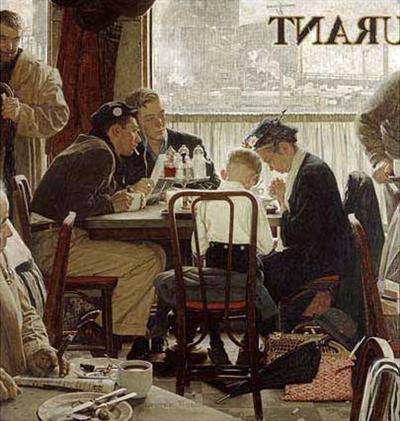

The Rothschild Prayerbook
Christie’s to sell the Rothschild Prayerbook Christie’s Renaissance sale in January 2014 will include “The Rothschild Prayerbook,” a magnificent masterpiece of Renaissance art and one of the most important illuminated manuscripts in private hands.]]>
December 1, 2013, source: Christie’s
Made for a member of the imperial court in the Netherlands c. 1505, this hand-painted manuscript, a Book of Hours, joined the fabled collections of the Rothschild family in the 19th century. This prayerbook is one of the highest achievements of Flemish Renaissance painting with 150 pages and miniatures and borders of superlative quality by Gerard Horenbout, Simon Bening and the Master of the Older Prayerbook of Maximilian I probably Alexander Bening, the father of Simon. One exquisite miniature, the Virgin and Child on a Crescent Moon, is accepted as one of a select group of illuminations by the painter Gerard David.
Perhaps the finest illuminated manuscript in private hands, it is expected to inspire fierce competition, with an estimate of $12,000,000 – $18,000,000. In 1999, when the Collection of the Barons Nathaniel and Albert von Rothschild was entrusted to Christie’s in London, the Rothschild Prayerbook sold for $13,378,558, both a world record for its category and the highest price of all the works in the renowned collection.
This Book of Hours is one of a group of spectacular manuscrits-de-luxe that was produced around 1490 to 1520 for an international clientele and members of the Habsburg court in the Netherlands. These vast undertakings were achieved by the efficient coordination of labor and collaboration of several artists and their workshops. It is closely related to a Book of Hours in the British Library, the Spinola Hours (now at the J. Paul Getty Museum) and the Grimani Breviary (now in Venice, at the Bibl. Marciana). With the Rothschild Prayerbook, these are the most impressive productions of the illuminator Gerard Horenbout, who became court painter to Margaret of Austria, Regent of the Netherlands, in 1515, before relocating to England to work for King Henry VIII. As well as painting and illuminating, he designed tapestries and stained glass.
Related content
Codex Calixtinus stolen from Santiago Cathedral (news, July 2010)
Follow us on:


